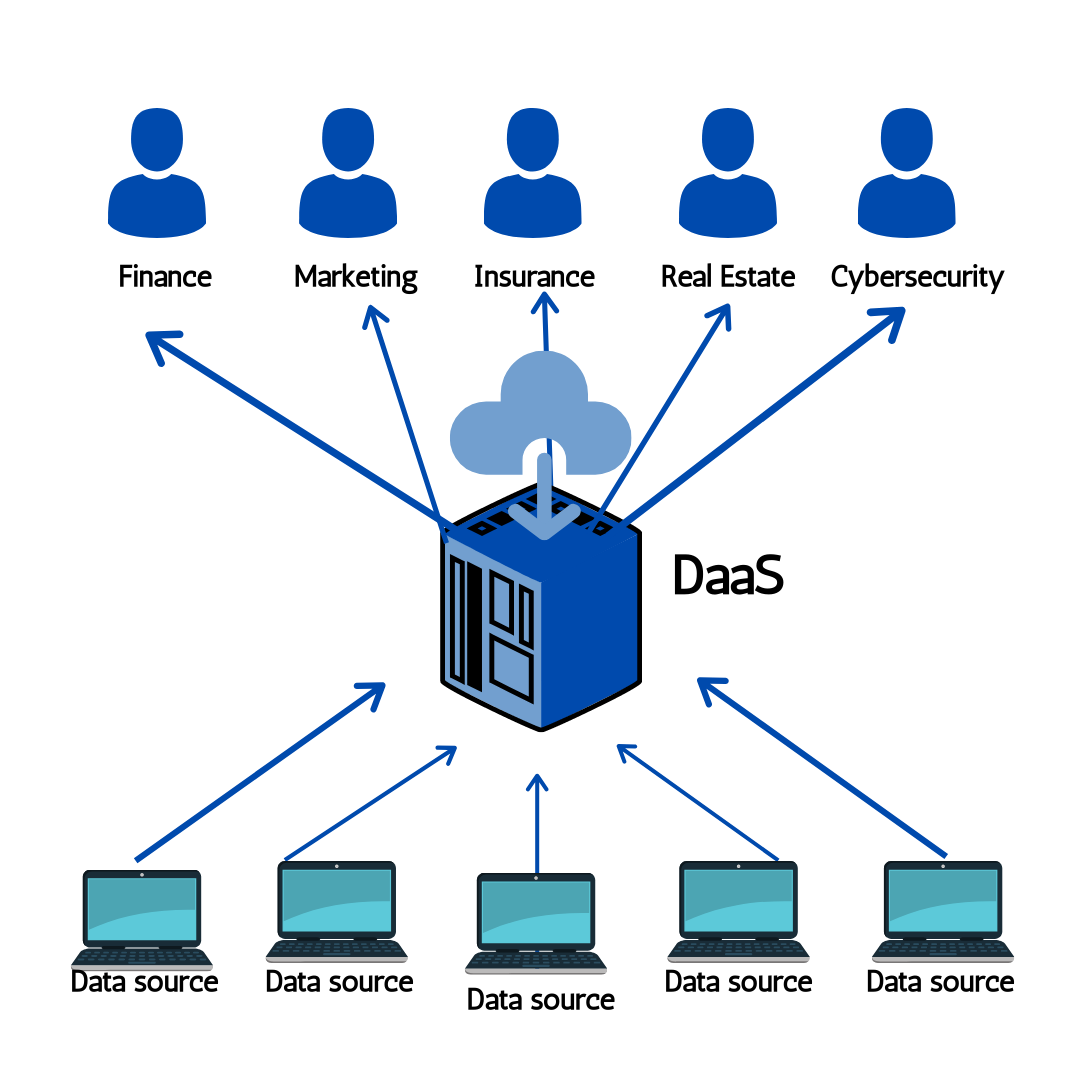The global economy's insatiable appetite for data is being met by a sophisticated and rapidly evolving ecosystem of Data as a Service (DaaS) Industry Companies. This market is not monolithic but is comprised of several distinct and powerful categories of players, each with a unique role in the data value chain. The first and most established category includes the traditional data brokers and information service providers. Giants like Dun & Bradstreet (for business firmographic and credit data), Equifax (for consumer credit data), and Bloomberg and Refinitiv (for financial market data) have built their empires on curating, verifying, and licensing highly valuable, proprietary datasets. Their business models are based on the immense value and trust associated with their data, which is often considered the "gold standard" in their respective industries. They have deep, long-standing relationships with the world's largest corporations and have historically delivered their data through bulk file transfers or dedicated terminals, but are now increasingly shifting towards API-based delivery to meet the demands of the modern, automated enterprise. Their competitive advantage lies in the depth, history, and perceived accuracy of their core datasets, which are incredibly difficult for a new entrant to replicate.
The second, and most disruptive, category consists of the major cloud data platforms, which have launched their own data marketplaces. Platforms like Snowflake Marketplace, AWS Data Exchange, and Databricks Marketplace have transformed how DaaS is consumed. Instead of a business having to form a separate contract and set up a complex data pipeline for each data provider, these marketplaces allow a company to discover, subscribe to, and instantly access hundreds of different third-party datasets directly within their existing cloud data environment. These platforms act as "data superstores," connecting a vast array of data providers with a massive base of data consumers. Their business model is not to own the data themselves, but to act as the intermediary, taking a percentage of the revenue from the data transactions that occur on their platform. Their competitive advantage is the powerful network effect they create: more data providers attract more data consumers, which in turn attracts even more data providers. This has radically lowered the friction of acquiring third-party data and has become a primary channel for DaaS consumption.
A third, vibrant category is comprised of a new generation of "alternative data" providers. These companies specialize in collecting and selling unique, often unstructured, datasets that are not found in traditional financial reports. This includes everything from satellite imagery of shipping ports to predict global trade, to anonymized credit card transaction data to forecast retail sales, to web-scraped data on product pricing and job postings to gauge economic activity. These firms use advanced AI and data science techniques to transform raw, noisy signals into clean, valuable data feeds. Their competitive advantage is the uniqueness and "alpha-generating" potential of their data. They are selling an informational edge that can help hedge funds, corporations, and governments make better, faster decisions. The dynamic interplay between the proprietary data giants, the cloud marketplace platforms, and the innovative alternative data providers is what defines the modern DaaS landscape and fuels its rapid growth. The Data as a Service (DaaS) Market size is projected to grow to USD 75.2 Billion by 2035, exhibiting a CAGR of 17.23% during the forecast period 2025-2035.
Top Trending Reports -
Canada Autonomous Mobile Manipulator Robots Ammr Market
